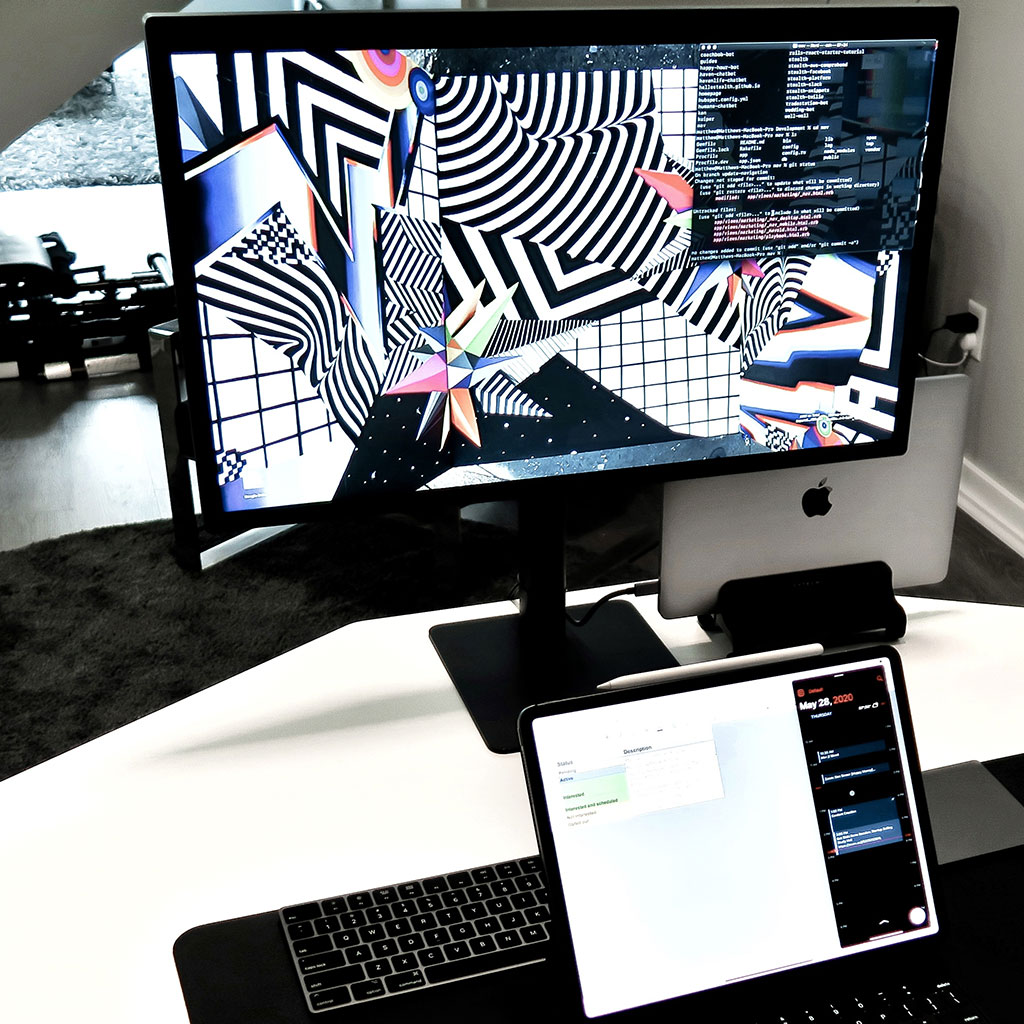How to screen mirror iPad to TV
How to screen mirror iPad to TV
Unlock the potential of your iPad’s content by learning how to screen mirror it onto your TV. In this article, we’ll guide you through various methods to effortlessly share your iPad’s screen, whether for presentations, streaming, or sharing photos and videos with friends and family on a larger display.
Discover the magic of screen mirroring your iPad to your TV!
Screen mirroring your iPad to a TV allows you to share your device’s content on a larger screen for a more immersive experience, whether it’s for presentations, watching movies, or sharing photos. Here’s a detailed guide on how to screen mirror your iPad to a TV using various methods:
1. Apple AirPlay (for Apple TV):
- Make sure your Apple TV and iPad are connected to the same Wi-Fi network.
- On your iPad, swipe down from the upper-right corner to open the Control Center.
- Tap on “Screen Mirroring” (or “AirPlay Mirroring” on older iOS versions).
- Select your Apple TV from the list of available devices.
- Enter the AirPlay code displayed on your TV if prompted.
- Your iPad’s screen should now be mirrored on your TV.
2. HDMI Adapter (Wired Connection):
- Purchase a compatible HDMI adapter for your iPad. There are different types depending on your iPad model (e.g., Lightning to HDMI or USB-C to HDMI).
- Connect one end of the HDMI adapter to your iPad and the other end to an available HDMI port on your TV.
- Turn on your TV and set it to the correct HDMI input source.
- Your iPad’s screen should be mirrored on the TV automatically.
3. Third-Party Screen Mirroring Apps:
- Download and install a screen mirroring app on both your iPad and your TV if it supports such apps (e.g., Roku, Fire TV, or Chromecast).
- Follow the instructions provided by the app to establish a connection between your iPad and the TV.
- Once connected, you can start screen mirroring your iPad’s content on the TV.
4. Smart TV Screen Mirroring (for Non-Apple TVs):
- If you have a smart TV that supports screen mirroring (e.g., Samsung Smart View or LG SmartShare), make sure your TV and iPad are connected to the same Wi-Fi network.
- Access the screen mirroring or casting feature on your TV.
- On your iPad, open the Control Center, tap on “Screen Mirroring,” and select your TV from the list.
- Your iPad’s display should now appear on the TV.
5. Mirroring with a Streaming Device (e.g., Chromecast):
- If you have a streaming device like Google Chromecast, connect it to your TV.
- Download the respective app for your streaming device on your iPad.
- Follow the app’s instructions to cast or mirror your iPad screen to the TV.
These methods offer versatile ways to screen mirror your iPad to a TV, catering to various preferences and TV models. Whether you prefer wireless solutions like AirPlay or wired connections using HDMI adapters, you can enjoy an extended screen experience on your TV, perfect for presentations, multimedia sharing, or simply enjoying content on a larger display.
What to do if screen mirroring has issues like connection problems or lag in video playback?
When encountering issues with screen mirroring, such as connection problems or video playback lag, there are several troubleshooting steps you can take to resolve the issues and ensure a smoother mirroring experience.
First, ensure that both your iPad and TV are connected to the same Wi-Fi network. A stable and strong Wi-Fi connection is essential for seamless screen mirroring. Additionally, consider restarting both your iPad and TV to refresh their network connections and settings.
If you’re experiencing lag during video playback, it might be due to network congestion or a slow Wi-Fi connection. In this case, try reducing the quality of the video being played, as higher-resolution videos require more bandwidth. You can typically adjust the video quality within the streaming app or settings on your iPad.
Another common issue is interference from other electronic devices that use the same Wi-Fi frequency. To minimize interference, ensure that your router is on a less crowded channel, or you may consider using a 5GHz Wi-Fi network if your devices support it, as it typically offers faster and more stable connections. Lastly, make sure your devices and apps are up to date, as software updates often include improvements to screen mirroring performance and compatibility.





You must be logged in to post a comment.